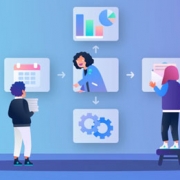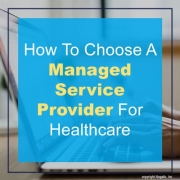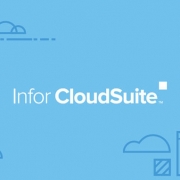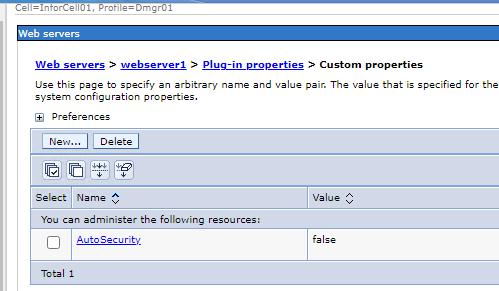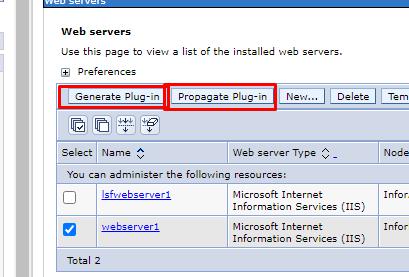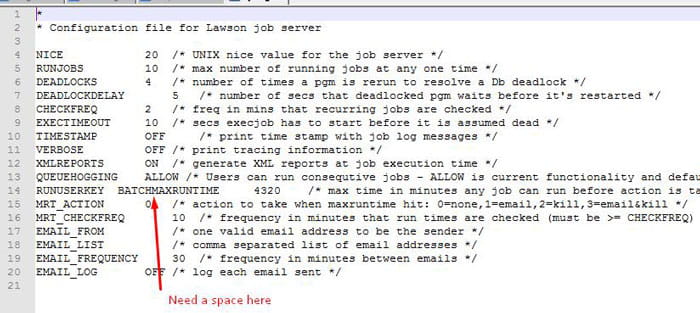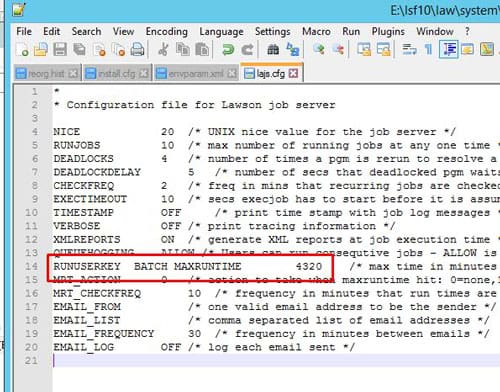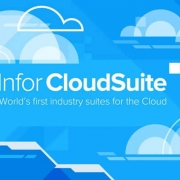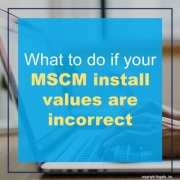When the global pandemic hit in 2020, there was a messy but necessary shift to remote work. How did companies handle the transitions with their employees on top of a stressful pandemic going on? It’s the same way a successful business would handle an employee on medical/extended leave or when businesses scale and a group of new hires need to get up to speed with current operations – workflow documentation. It doesn’t just ensure your organization doesn’t fall apart in a crisis, but it helps it thrive in good times and bad. Amy Rigby from Trello writes an informative article on why your team should invest time in workflow documentation.
Why is workflow documentation important for your business? Rigby breaks it down to 6 simple reasons:
- It Helps Optimize Processes
- It Ensures Accountability
- It takes The Confusion Out Of Employee Onboarding
- It Eases Merger Or Acquisition Transitions
- It Helps Scale Your Business
- It Safeguards Organizational Knowledge
These are solid reasons for documenting your workflows. Once understood, the real work begins. Rigby shares 4 easy steps to take:
Step 1: Define Desired Outcomes
“Once you’ve defined your team’s desired outcomes, you have a better idea of the workflows that need to be documented, and you’re ready for step two.”
Step 2: Carry Out And Capture Every Step Of Your Current Workflows
“Documenting the why behind a workflow is crucial. It helps with adoption and getting the buy-in from your team members.”
Step 3: Analyze Ways To Streamline And Automate
“In this step, analyze your workflow for opportunities to streamline and automate. The more you automate your workflow, the more time and energy you give back to your team so they can do more meaningful work.”
Step 4: Continue To Test And Refine
“Workflow documentation can and should change as your business grows and you better optimize your processes. With each new piece of feedback, you might decide to change a piece of your workflow. You might even experiment with different methods of documentation to achieve the best experience for your team.”
Workflow documentation does require a great deal of effort to run smoothly. But, as Rigby concludes, it makes for a more cohesive and productive team where everyone is always on the same page.
Original Post by Amy Rigby from Trello

